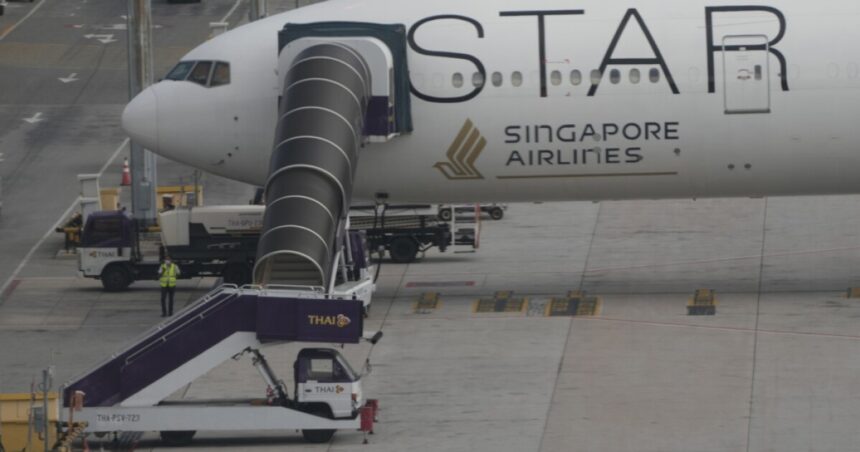Turbulence is a common occurrence during flights and usually does not pose serious risks to passengers and crew. However, a recent incident on a flight from London to Singapore proved to be an exception.
Tragically, one person lost their life and several others were injured in an extreme turbulence event on a Singapore Airlines flight. Witnesses reported passengers being thrown into the ceiling of the aircraft, with some hitting cabin storage areas.
According to the Federal Aviation Administration, turbulence resulted in 163 serious injuries on U.S. flights between 2009 and 2022. Crew members were found to be at a higher risk of injury compared to passengers, based on the FAA’s data.
Understanding the impact of turbulence on planes
Shawn Pruchnicki, an aviation professor at Ohio State University, explained that pilots receive weather reports before takeoff to prepare for turbulence. He highlighted that aircraft can experience significant disturbances in level and rapid altitude loss during turbulence.
Describing the sensation of extreme turbulence, Pruchnicki stated, “The entire airplane is shaking violently in multiple directions, causing a unique experience for passengers.”
Tips for preventing injuries during turbulence
The FAA recommends following instructions from flight attendants and adhering to airline policies on carry-on items to reduce injury risks. Pruchnicki emphasized the importance of wearing seat belts at all times, even before the seat belt sign is activated.
While acknowledging the desire of passengers to move around during long flights, Pruchnicki advised limiting such movements to avoid potential dangers. He cautioned against congregating in the front or back of the plane, as these areas may be more hazardous in the event of turbulence.
Pruchnicki suggested brief walks for stretching purposes but stressed the necessity of returning to the seat promptly and securing the seat belt for safety.





